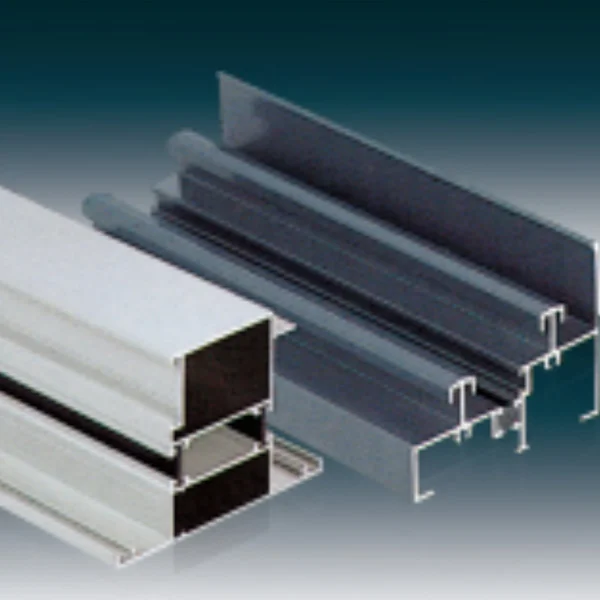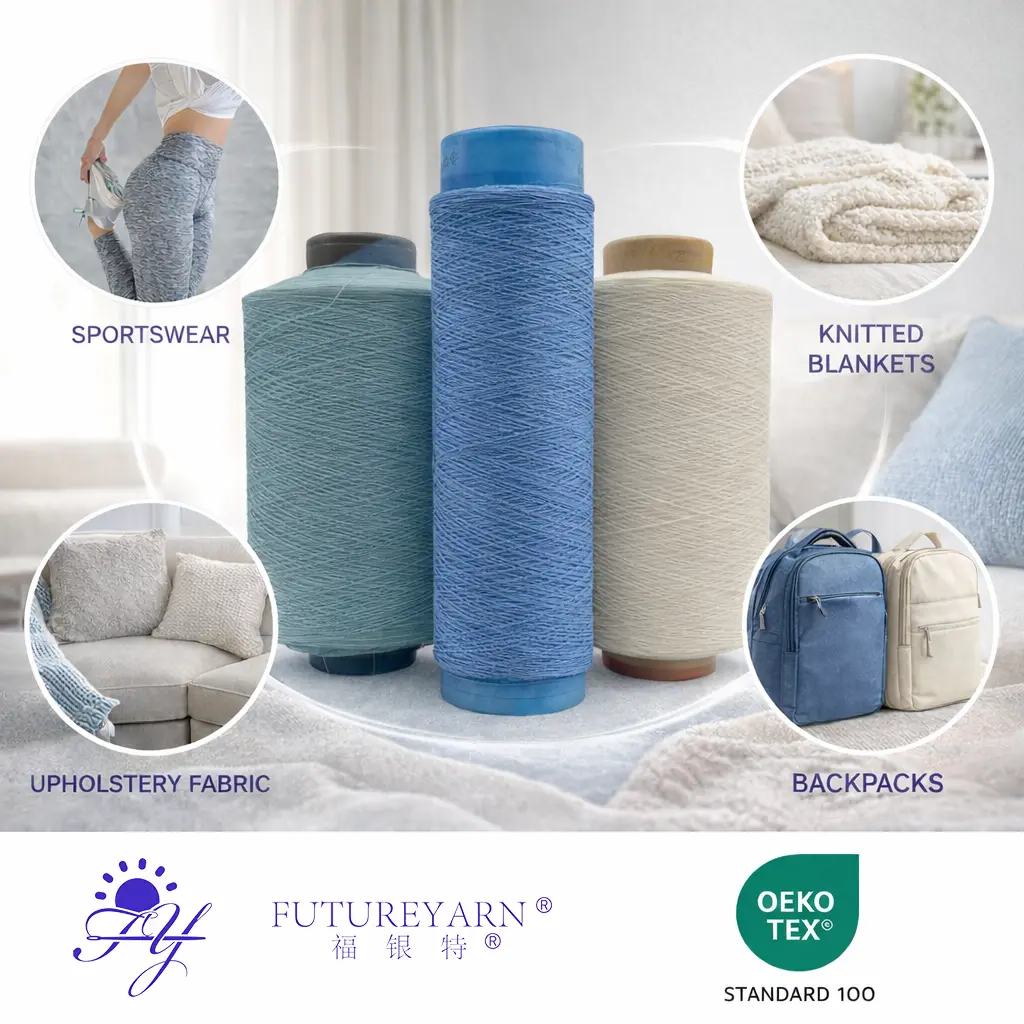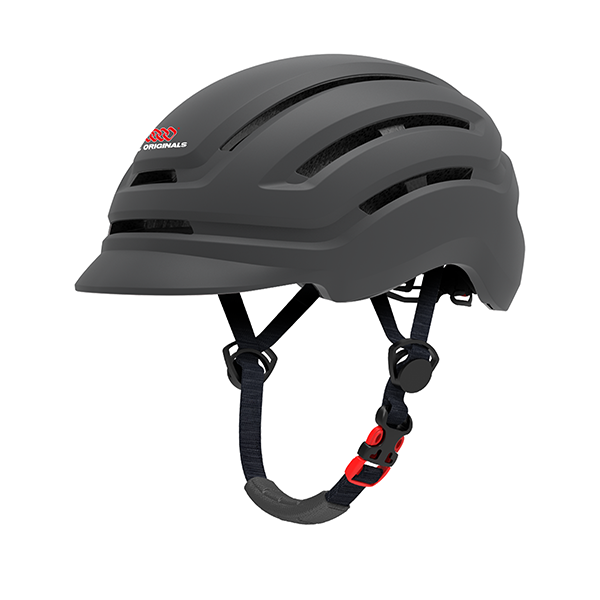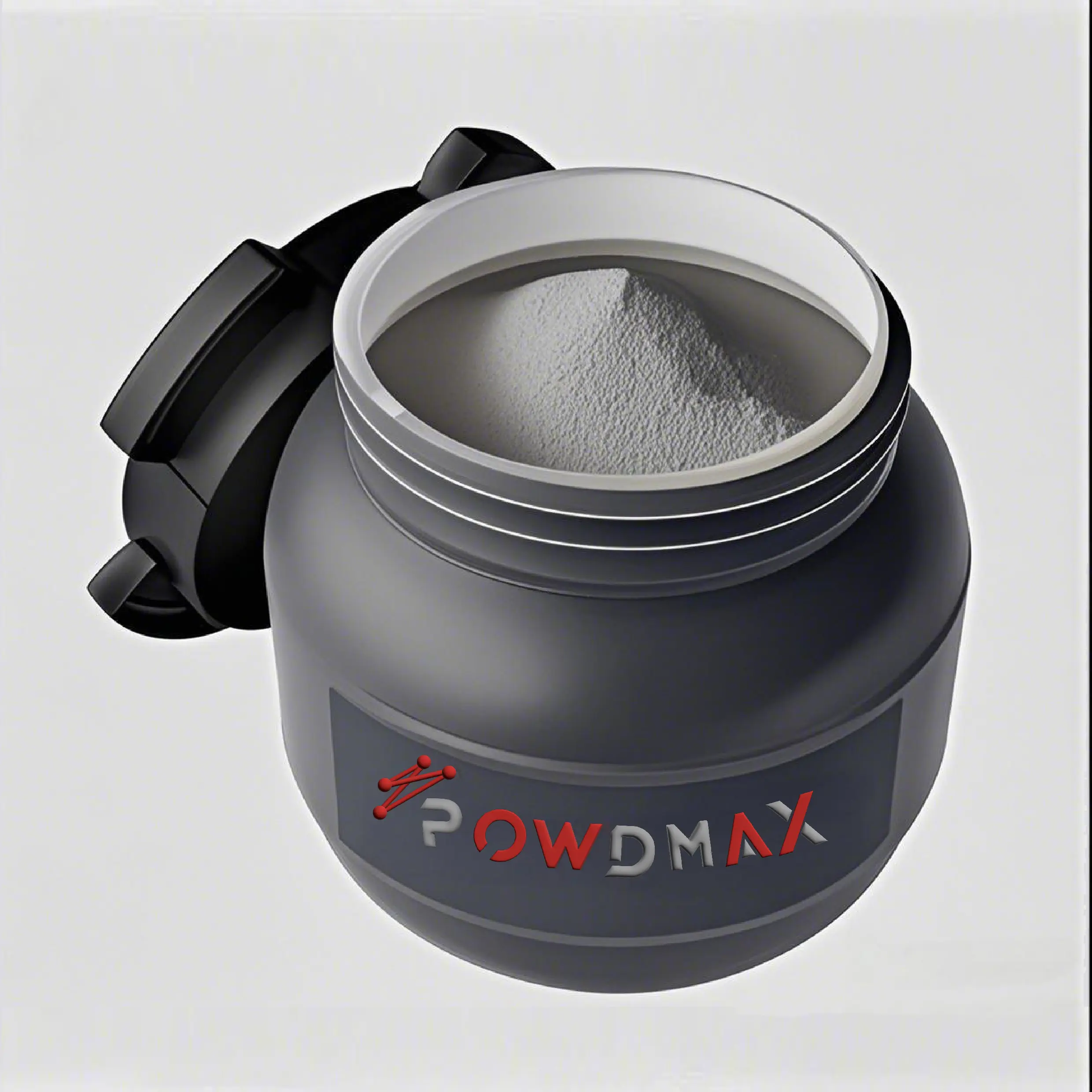Choosing the right heat insulating aluminum section for your building is an important decision that affects energy efficiency, comfort, and long-term durability. With more emphasis on sustainable construction, these profiles are increasingly popular because they reduce heat loss and help lower energy bills. However, not all aluminum profiles are created equal. This article will guide you through the key factors to consider when selecting heat insulating aluminum sections, so you can make the best choice for your project.

1. Understand the Purpose of Heat Insulating Aluminum Sections
Heat insulating aluminum profiles are specially designed to reduce thermal conductivity between the indoor and outdoor environments. They incorporate a thermal break — a non-metallic section usually made of polyamide or other insulating materials — between the interior and exterior aluminum frames. This barrier minimizes heat transfer and condensation, helping to maintain a stable indoor temperature and improving overall energy efficiency.
When choosing profiles, verify that they feature a high-quality thermal break system, as this is crucial for real insulation performance.
2. Evaluate Thermal Performance Ratings
One of the most important metrics to check is the thermal transmittance value, or U-value, measured in W/m²·K. The lower the U-value, the better the profile insulates. High-quality heat insulating aluminum sections can achieve U-values of 2.7 or less when combined with appropriate glazing. This meets or exceeds many energy codes and standards worldwide.
Make sure to request certification documents or test reports from suppliers to confirm these performance claims.
3. Select the Appropriate Surface Treatment
The surface finish affects not only the appearance but also the durability and corrosion resistance of aluminum profiles. Common finishes include:
-
Anodizing: Creates a durable, corrosion-resistant oxide layer that offers a metallic look.
-
Powder Coating: Provides a wide range of colors and strong protection against weather and UV damage.
-
PVDF Coating: Offers exceptional resistance to harsh environments, such as coastal or industrial areas.
-
Wood Grain Texture: Combines the aesthetic warmth of wood with the strength and durability of metal.
Choosing the right coating depends on your environmental conditions and design preferences.
4. Check Compliance with Industry Standards
Ensure the aluminum profiles meet national and international standards such as GB/T 5237.4-2008 for heat insulating aluminum sections. Certifications like ISO 9001 for quality management and ISO 14001 for environmental management further assure you of a supplier’s reliability and commitment to sustainability.
5. Consider Mechanical Strength and Durability
Heat insulating aluminum sections should have adequate mechanical properties to withstand wind loads, structural stress, and daily use. Look for a longitudinal anti-shearing value of at least 24 N/mm to ensure long-term stability and safety for windows, doors, or curtain walls.
Durability also depends on production quality, including mold precision, coating application, and quality control processes.
6. Opt for Experienced Suppliers with Advanced Manufacturing
Choose suppliers with a proven track record and modern production capabilities. Leading manufacturers employ advanced extrusion machines, sandblasting, spray coating lines, anodic oxidation, and wood grain transfer technologies. These ensure consistent product quality and allow for customized profile solutions.
For example, brands like Kai Mei Da have extensive production lines and quality management systems that guarantee compliance with high industry standards.
7. Match Profiles to Specific Applications
Different building components require different profile designs. Sliding windows, doors, curtain walls, and industrial frames all have distinct requirements in terms of size, strength, and insulation. Work with your supplier to select profiles that are optimized for your intended application to ensure performance and ease of installation.
8. Consider Energy Efficiency Beyond the Profile
Remember that the overall energy performance of your building depends not only on aluminum profiles but also on the glass and installation quality. Pair your heat insulating aluminum sections with energy-efficient glazing and ensure professional installation to maximize insulation benefits.
9. Environmental Benefits of Heat Insulating Aluminum Profiles
By using these profiles, you reduce energy consumption for heating and cooling, which lowers carbon emissions. Many manufacturers follow green production practices and utilize recyclable materials, contributing to sustainable building practices.
Conclusion: Make an Informed, Sustainable Choice
Selecting the right heat insulating aluminum section can greatly improve your building’s thermal performance, reduce energy costs, and enhance occupant comfort. Focus on profiles with effective thermal breaks, verified low U-values, durable surface treatments, and strong mechanical properties. Work with experienced suppliers that comply with industry standards and offer tailored solutions.
By considering these factors, you ensure your investment is smart, sustainable, and suited to your building’s unique needs.
www.jxkmdly.com
Jiangxi KaiMeiDa aluminum




+ There are no comments
Add yours